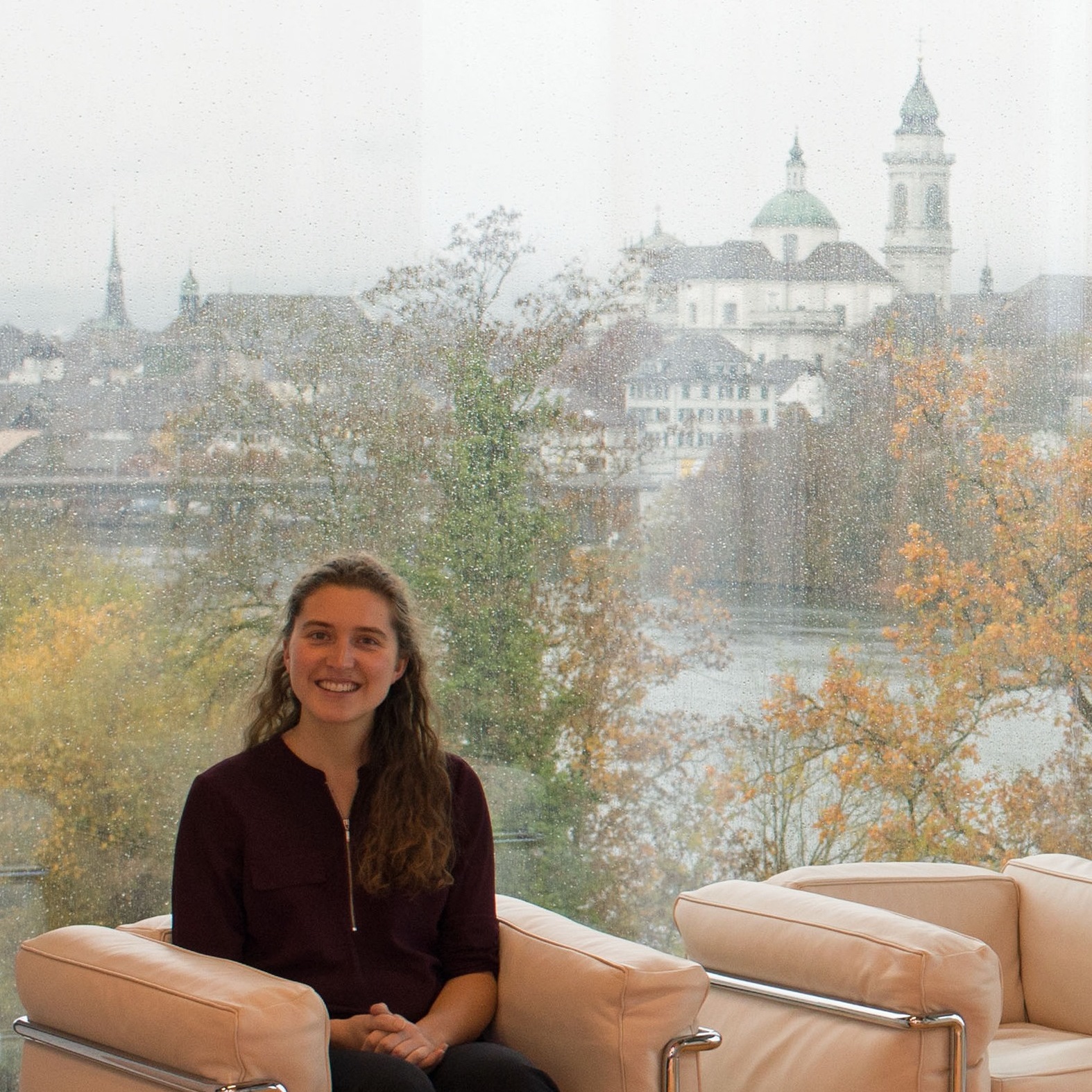Fixing What Is Broken

I graduated in 2014 with a degree in bioengineering and a minor in mechanical engineering. While in school, I stayed busy by competing for the Santa Clara cross-country and track teams. Right before my sophomore year, I suffered a stress fracture in my femur. Although it healed without any complications, I sustained another stress fracture in the opposite leg two years later. My desire to understand my own injuries better, combined with the classes in biomechanics and anatomy that I was taking at Santa Clara, sparked my interest in orthopedic medical devices to prevent and treat injuries to bones and muscles.
Two weeks before my official graduation from Santa Clara, I started graduate school at the Johns Hopkins Center for Bioengineering Innovation and Design. The yearlong master’s program gave me the opportunity to shadow doctors at the Johns Hopkins medical center, travel to Nepal to observe healthcare needs in low-resource settings, and work on numerous healthcare projects. One of these projects was a device to detect kidney damage during surgery, which is now being evaluated in two large medical centers, and another was an improved protective suit for healthcare workers treating Ebola patients, which is now in the process of being manufactured by DuPont.
After graduating from Johns Hopkins, I landed my dream job working in research and development for the world’s number one orthopedics company. I am working as a product development engineer for DePuy Synthes, which is part of the medical devices division of Johnson & Johnson. In my role, I design and test implants and instruments that surgeons use to treat complex fractures. As part of my job, I’ve also gotten to meet with surgeons from all around the world and spend an extended time period working at my company’s office in Switzerland. It’s so rewarding knowing that my work will help patients regain their ability to walk and live pain-free lives.
One thing I've learned in my time in industry is that engineering is so much more than being able to set up calculations or make cool designs. It requires teamwork, dedication, and careful consideration of the human impact of engineering decisions. During my time at Santa Clara, I memorized formulas and built robots like any stereotypical engineering student, but I also got to analyze the ethics behind sustainable construction, learn about the challenges of designing for low-resource countries, and apply my skills over the summers in internships I found through career fairs and my professors. Engineering at Santa Clara was never about problem sets; it was about impact, and figuring out what kind of mark we wanted to leave on the world through our chosen field.